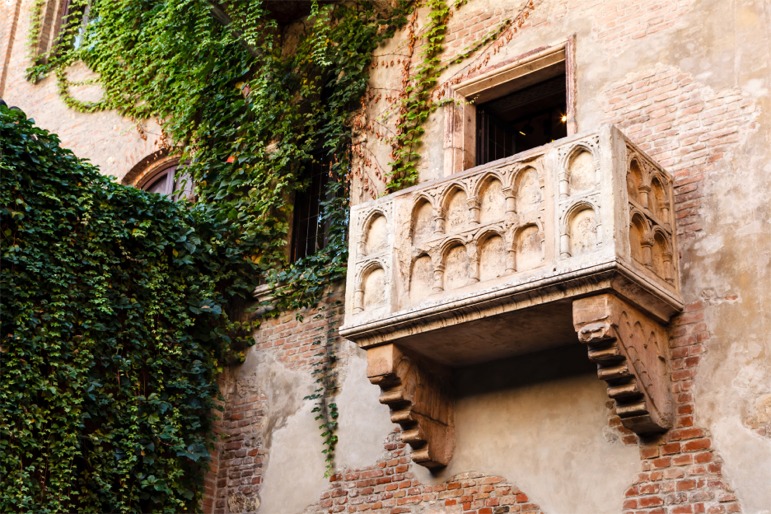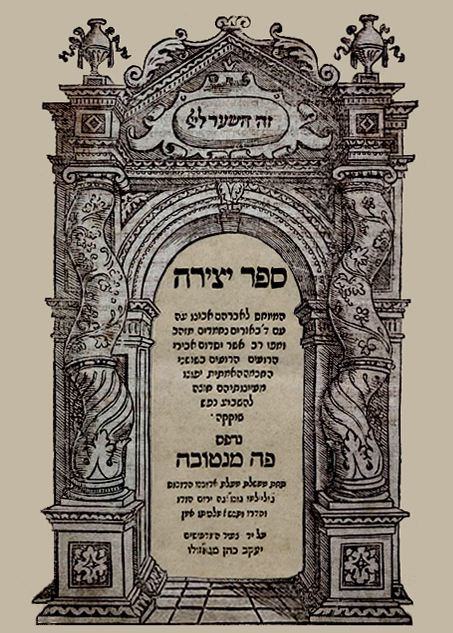To download a copy of this academic paper in pdf format, please click here: PAPER – Bassano Legal Case in Romeo and Juliet
In examining the 1597 First Quarto of Romeo and Juliet, we find it did not mention the name William Shakespeare – it was anonymous. This is not surprising, especially considering a number of the characters were developed from a legal case involving the Bassano family members from Verona (where the play is set) and Bassano Del Grappa.
During the festival of Purim in April 1485, the Jewish community of the Veneto were outraged because a five-year old child named Lorenzino Sossio was found murdered with his body horribly mutilated. This single historical event unequivocally ties the characters of Mercutio and Friar Lawrence to the Bassano family. The ecclesiastical record below has been translated into English and corrected so that it flows:
During the Holy Week on 5th April 1485 in Valrovina, a five-year old Christian child named Lorenzino Sossio was found by a local goat herder at the feet of an oak tree in a pasture on the highland plain.
His body was found mutilated and covered in stones. His murderer had inflicted upon him by force repeated puncture wounds in the blood vessels of his penis. The Jews stoned Lorenzino, and buried him several times under rocks; but one of his arms always extended from the grave. Once discovered, the delinquents were punished. The Doge of Venice confirmed the sentence by Ducal order in 1486.
In the spring of 1500, the podestà of Vicenza, Alvise Moro, informed the Venetian authorities that a devote hermit and sole eyewitness to the crime had revealed the name of the murderer. The murderer was alleged to be Ben Marcuccio, a money lender at Bassano.
The hermit who is in prison here would like permission to speak so that the truth may be known. He said, if they took one Marcuccio, a Jew, they would find out something…take the Jew accused of killing the boy, and take Mordecai Bassano, and you will learn the truth.[1]
Valrovina is a mountainous village five kilometres above Bassano Del Grappa on the ancient road over the mountains from Verona and Vicenza, which was historically used in times of flood. It appears Rabbi Mordecai Bassano must have witnessed the murder on his way to visit family in Bassano Del Grappa.
The murdered child’s name was Lorenzino, or Lorenzo, which is Lawrence in English. The title of ‘Friar’ in the play was later confirmed by Lorenzino’s veneration as a saint by the Roman Catholic Church on 15 April 1867 after this play was performed throughout the world.[2] Many have thought the characters of Friar Lawrence and Mercutio were fictional. Clearly, they were not. Ben Marcuccio the ‘moneylender at Bassano’ may also be an alternate to Antonio Bassano’s father-in-law characterized as Shylock in The Merchant of Venice.
It is clear from the above ecclesiastical record that Rabbi Mordecai Bassano must have testified against Ben Marcuccio. I suggest nobody else in England could have known the intricacies of this legal case involving both the Veronese and Venetian Bassano family.
© 2014 Dr Peter D Matthews PhD
For the full story, look out for ‘Genesis of the Shakespearean Works’ on bookshelves shortly.
[1] Various sources including Arch. City of Marostica, envelope n. 4, file no. 76 cards 5v and 6r / v, cited in Nardello, M., The loan to wear in Vicenza and the story of the Jews in the fourteenth and fifteenth centuries, p. 88, note 70.
This ducal (31/03/1427), see. Bertoliana Library of Vicenza, Zibaldone, Vigna, II, f. 191.
Bertoliana Library of Vicenza, Zibaldone, Vigna, II, f. 191.
Nardello, M. (1972), The alleged martyrdom of Blessed Lorenzino Sossio from Marostica, in ArchivioVeneto XCV, pp.25-45.
Nardello, M. (1978), The usury of the Jews in Vicenza and the story of the Jews in the XIV and XV, in Odeo Olympic 13-14, pp.69-128.
[2] Halsall, Paul (1997) Medieval Sourcebook: A Blood Libel Cult: Anderl von Rinn, d. 1462, http://www.fordham.edu/halsall/source/rinn.asp



